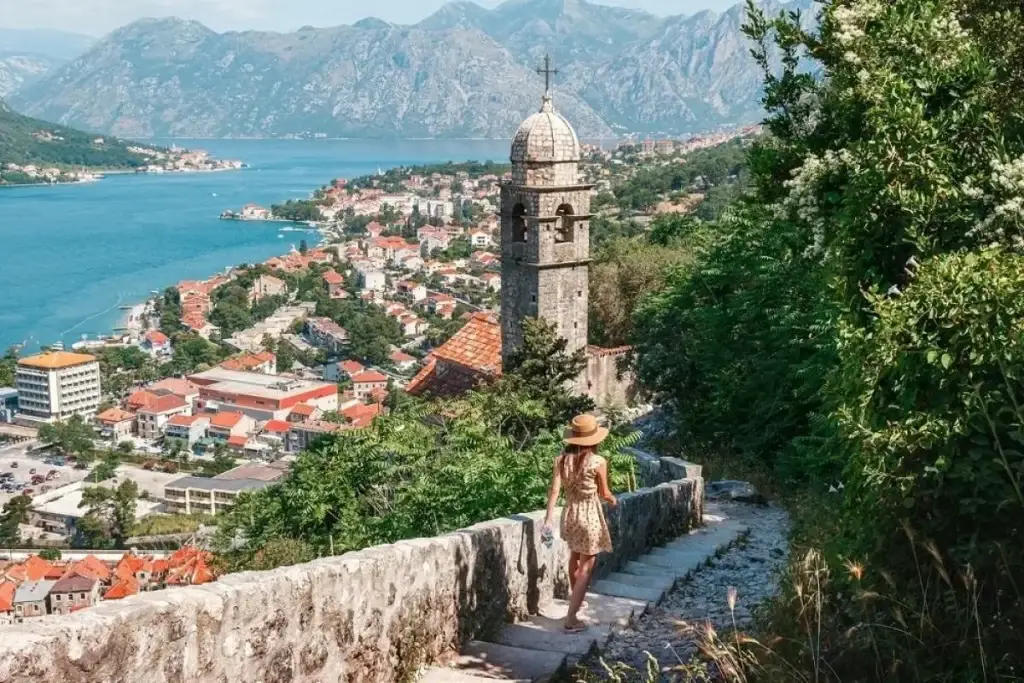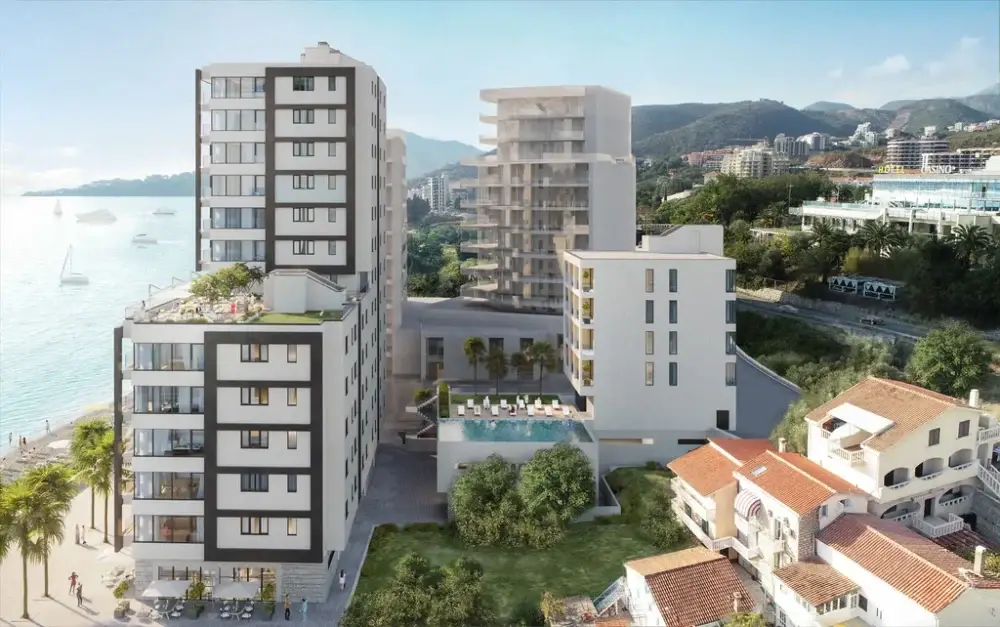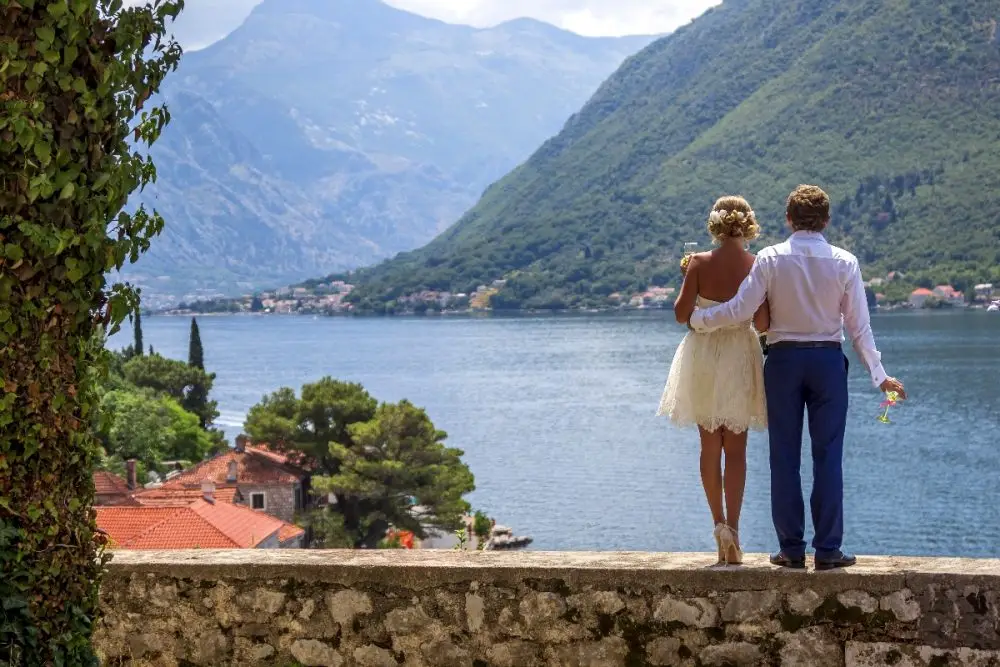It is not the ticket, but the migration category that triggers a change of country more often. It is on it that depends not just the possibility to stay, but also the quality of life in a new place. The differences between residence permit and residence permit determine everything – from the duration of stay to the prospects of obtaining citizenship. The wrong choice can turn into a decade of restrictions and bureaucratic hurdles. The right understanding opens the way to stability, legality and freedom of movement.
Basic differences between a residence permit and a permanent residence permit
The differences between residence permits and permanent residence permits are not about subtleties, but about living strategies. Temporary residence is like renting a flat: convenient, but not definitive. Permanent status is already the right of ownership, without the threat of eviction.
A residence permit (temporary residence permit) is issued for a certain period of time – usually from one to five years – with the obligation to renew it. The status remains vulnerable: violation of conditions (e.g. absence at the place of residence, loss of grounds) leads to cancellation.
Permanent residence permit (PML) grants indefinite legalisation. Only severe breaches of the law can lead to loss.
A distinction that affects everything
Permanent residence permit vs. residence permit is a question of sustainability. A permanent residence permit eliminates the need to regularly confirm the grounds, provides access to extended rights – social protection, mortgages, medical care on an equal footing with citizens.
The difference between a permanent residence permit and a residence permit is also manifested in the possibility of unlimited stay outside the country. A temporary residence permit is often accompanied by a minimum physical presence requirement – for example, 183 days per year.
Conditions for obtaining residence permit and residence permit: a game with different rules
 The paperwork differs from country to country, but is based on clear criteria: financial stability, legal status and proven purpose of stay. The legislation of most countries establishes a clear framework, but nuances vary depending on migration policy and current reforms.
The paperwork differs from country to country, but is based on clear criteria: financial stability, legal status and proven purpose of stay. The legislation of most countries establishes a clear framework, but nuances vary depending on migration policy and current reforms.
Conditions for obtaining a residence permit
In most countries, the following grounds are sufficient: labour contract, training, business, investment, marriage. For example:
- Spain requires a minimum income of 2,400 € per month to obtain a residence permit without the right to work.
- The Czech Republic asks for a rental agreement and insurance.
- Montenegro grants such status on the basis of an employment contract, open business or purchase of real estate.
Conditions for obtaining a residence permit
A permanent residence permit requires a long-term attachment and an impeccable history. Countries usually request:
- Continuous residence for 5-10 years (e.g. Germany – 5 years, Spain – 10 years).
- Language skills at B1-B2 level.
- Integration Tests.
- No criminal record and no tax debts.
In Montenegro, the status is issued after 5 years of residence permit on condition of permanent residence.
Empowerment: not just a propiska
The differences between a residence permit and a permanent residence permit are manifested in socio-economic rights.
Permanent residence permits provide almost full access to the system:
- the right to work without restriction;
- participation in state programmes;
- social benefits;
- health insurance as a citizen.
Temporary status limits access – especially in terms of changing employers, social assistance and moving to another country. When trying to obtain a mortgage with temporary status, banks often require large down payments or refuse them altogether.
Which status is better for long-term residence: differences between residence permit and residence permit
The choice is based on the chosen migration model and purpose. Short-term immigration – education, temporary contract, pilot business start-up – justifies a residence permit. But family, home purchase, investment plan, citizenship will require permanent residency.

Permanent vs temporary residence permit is a choice between flexibility and stability. Long-term status gives freedom without the need for renewal, protection from sudden changes, including political.
Comparison in action: Montenegro as an example
Montenegro – a case for a clear comparison. Here Temporary residence permit is issued through the purchase of property from 20 000 €, but without the right to citizenship.
Permanent status becomes possible after 5 years of residence in the country. But the path to citizenship takes another 5 years of residence permit, that is, a minimum of 10 years of total time.

At the same time, Montenegro is not part of the EU, which means that the status does not give an automatic right to move to other EU countries. But upon obtaining citizenship there is the possibility of visa-free entry to more than 120 countries.
Whether to choose a residence permit or a residence permit
It is not mood that decides what to choose, but strategy. A permanent residence permit is more favourable for an investor. It opens up tax benefits and the possibility of obtaining a passport. For a student – a temporary one with subsequent transformation.
The wrong choice threatens to cost time and resources, so you will need a clear analysis of your personal situation: goals, budget, plans to change location.
Key differences between INV and CoML from different angles
The difference between temporary and permanent status reflects not just the level of rights, but the depth of integration into the new country. A residence permit is a decision for a certain period of time, most often from one to five years. The grounds are studies, labour contract, investments, family circumstances. It requires regular renewal, and rights are often limited. It is quite easy to lose this status – a change of conditions, violation of rules or loss of grounds instantly jeopardise further residence.
CoML works on a different principle. It is a status without an expiry date, based on many years of continuous stay – usually from five to ten years. Integration into society, language proficiency at the B1-B2 level, successful completion of tests confirming knowledge of culture and laws play an important role. Rights are closer to civil rights: access to benefits, free movement, the right to a permanent job and, in the long term, a path to a passport. This status is more stable, does not require annual confirmations and provides a real migration support for life rather than a temporary stay.
This distinction helps to define a precise strategy: short-term adaptation or fundamental change of the country of residence.
Differences between residence permit and residence permit: conclusions
 Understanding the differences between residence permit and residence permit determines not only the legal point on the map, but also the social trajectory. Status affects access to resources, security of rights, and prospects for integration. When immigrating to a new country, it is important not just to settle, but to integrate into the system – with the ability to move, develop and make decisions. In the long term, it is the differences between residence permits and permanent residence permits that form the backbone of successful adaptation, and thus of the future.
Understanding the differences between residence permit and residence permit determines not only the legal point on the map, but also the social trajectory. Status affects access to resources, security of rights, and prospects for integration. When immigrating to a new country, it is important not just to settle, but to integrate into the system – with the ability to move, develop and make decisions. In the long term, it is the differences between residence permits and permanent residence permits that form the backbone of successful adaptation, and thus of the future.
 en
en  ru
ru  de
de  ar
ar  es
es  nl
nl  hi
hi  fr
fr  it
it  pt
pt  el
el 












